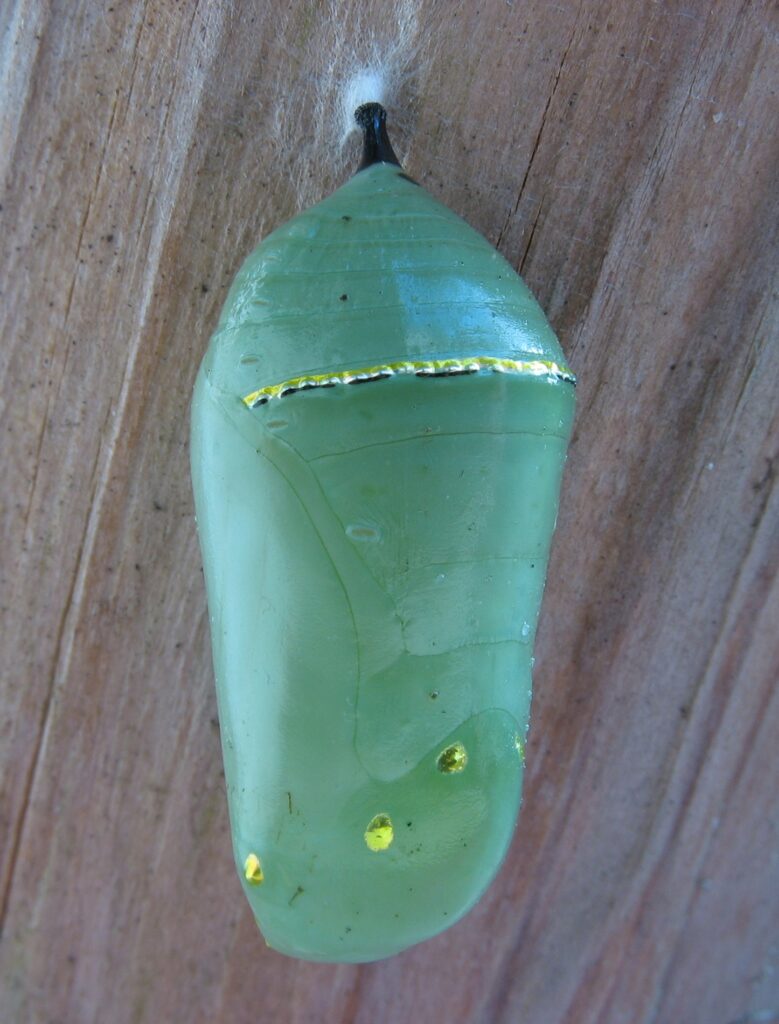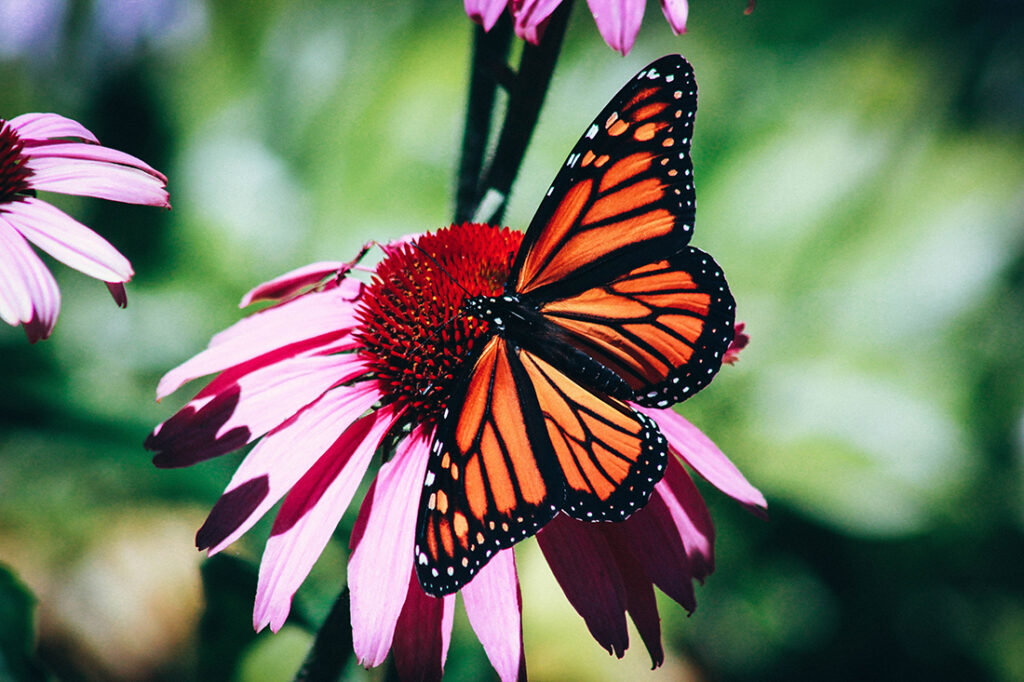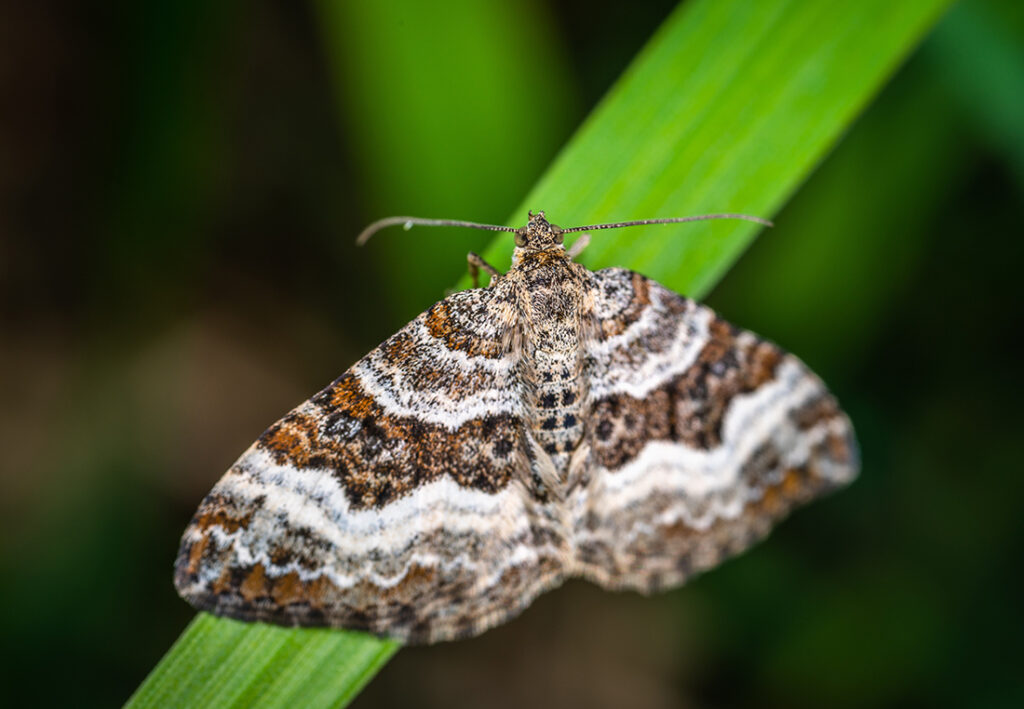Spoiler alert:
Eric Carle’s “The Very Hungry Caterpillar” should be taken with a grain of salt. As most children can tell you, the story isn’t real. So, the author can take artistic license. And he does. If this is a book you read to your child, it is a perfect way to segue into the study of moths and butterflies and how they differ.
In Eric Carle’s book, it shows the wings are upside down (with the larger wings on the bottom). The larger set of wings are really on top. In his story, the butterfly emerged from a cocoon. Moth larve spin a thin thread of silk to make the cocoon. Butterflies emerge from a chrysalis that is a hardened “shell”.

While Eric Carle’s caterpillar ate a bunch of vegetables and plant matter, he also ate processed food. The diet of both the moth and butterfly varies but, it is predominantly plant matter. They would never eat processed food.

A quick differentiation is when the insect lands. Moths will rest with open wings and butterflies will lay their wings back on itself. If your winged creature has furry antennas, you saw a moth. If the antennas are long and thin, you are looking at a butterfly. The time of day can also help you decide. Butterflies are a daytime insect. Moths like the night and are attracted to lights.

“The Very Hungry Caterpillar” is a classic. The theme of the story is that eating the right foods keeps you healthy, and learning the caterpillars lifecycle is another teaching moment. If you come across a caterpillar, take a photo. The coloring of the caterpillar is as distinct and as identifying as the moth and butterfly themselves. Then, pack up the backpacks with a camera, moth/butterfly guide and some healthy snacks and go on an adventure to find these little winged beasties. If you are looking for us, you will find us outside.


